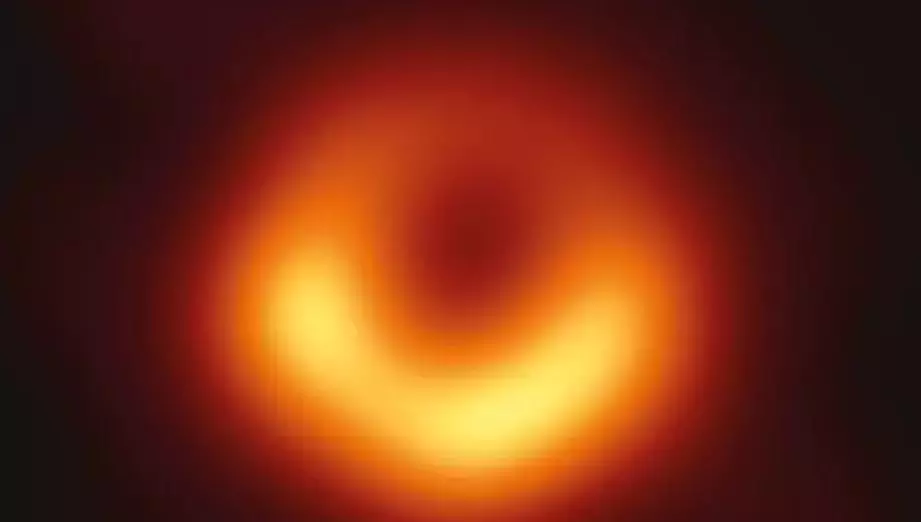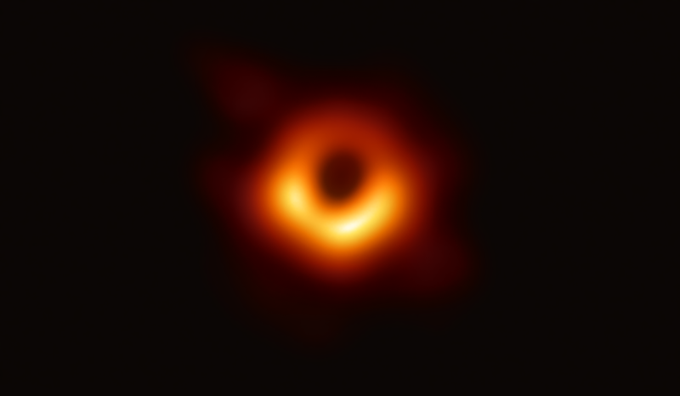
Astronomers made a shocking discovery when they found a huge black hole in the Milky Way that is so big that is challenges initial beliefs about the evolution of stars.
The black hole, which has been dubbed LB-1, is 15,000 light years from Earth and has a mass 70 times greater than the Sun, according to the MailOnline.
Liu Jifeng, a National Astronomical Observatory of China professor who led the research explained that LB-1 is twice the size of any other black holes contained in the Milky Way (of which there are around 100 million).

Liu Jifeng explained: "Black holes of such mass should not even exist in our galaxy, according to most of the current models of stellar evolution. Now theorists will have to take up the challenge of explaining its formation."
Advert
David Reitze, a physicist at the California Institute of Technology who was not involved in this research, told AFP: "Astronomers are still only beginning to grasp the abundance of black holes and the mechanisms by which they form.
"LB-1's large mass falls into a range known as the 'pair instability gap' where supernovae should not have produced it. That means that this is a new kind a black hole, formed by another physical mechanism!"
Back in April, scientists unveiled what was believed to be the first ever picture of a black hole, which comes from data collected by the Event Horizon Telescope (EHT) - an international project that connects dozens of observatories to capture the first image of a black hole by essentially creating a 'virtual Earth-sized telescope'.
Carlos Moedas, European Commissioner of Research, Science and Innovation, said at the conference in Brussels: "If there's a big moment for all of us, it is today."
Advert
Dr Ziri Younsi from Mullard Space Science Laboratory added: "We have accomplished something many thought impossible by imaging the shadow of a black hole and it provides the strongest evidence to date that such evasive and enigmatic entities do indeed exist.
"You could never actually see a black hole but because it is so powerful you can see when matter starts to fall into it, getting closer and closer.
"I was amazed to see the image. I got a sense of tremendous excitement. It's something we have been working on for 10 years and actually the image was surprisingly unsurprising. Einstein's theory of general relativity predicted an image like this."
Featured Image Credit: Beijing Planetarium